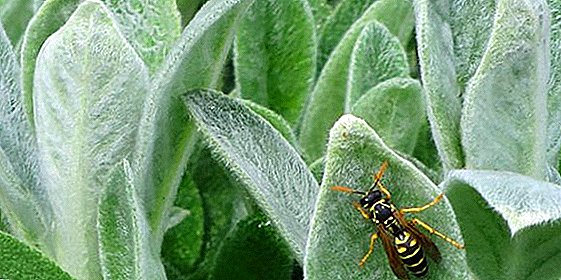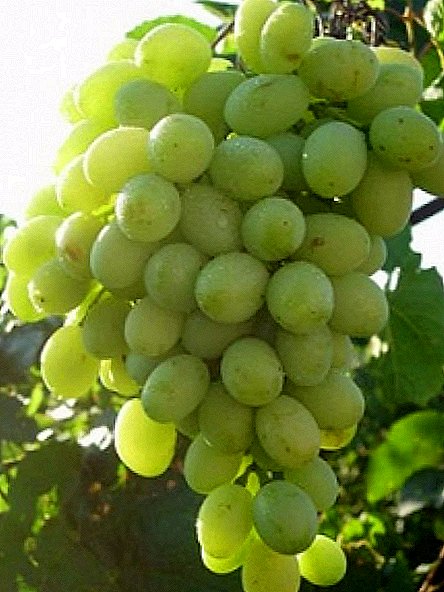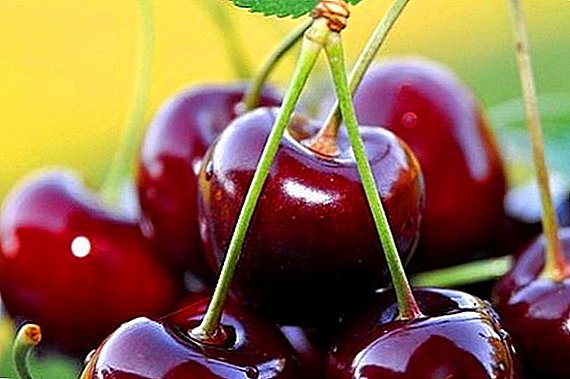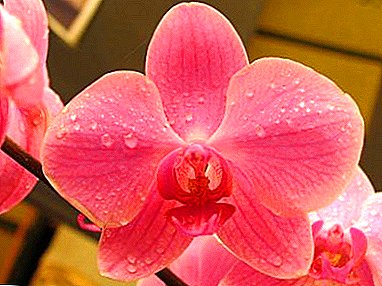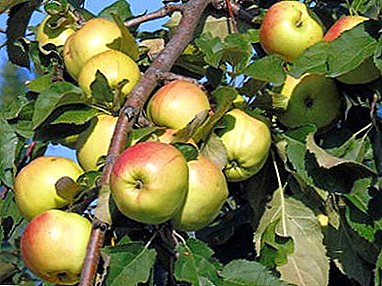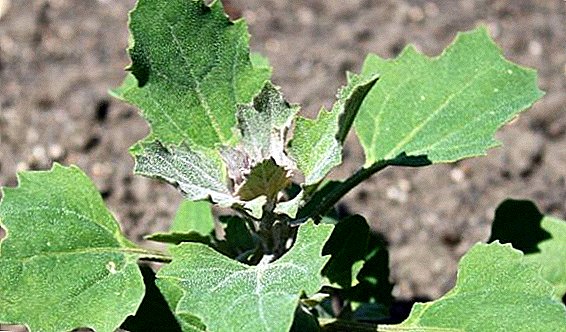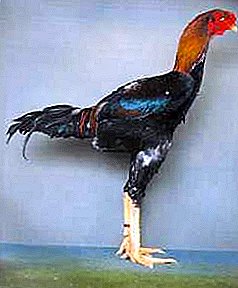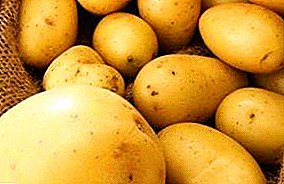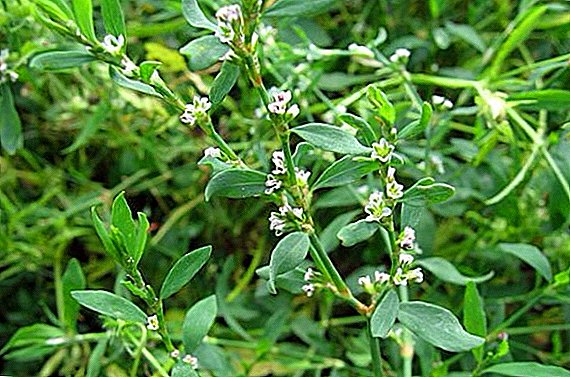 Sporysh (mountaineer) is a herbaceous plant that is often used in traditional medicine. It is unpretentious to the soil, so that it can grow well on gravelly and clay soils. Sporez reproduces through seeds. The habitat of this plant is practically the entire territory of the CIS.
Sporysh (mountaineer) is a herbaceous plant that is often used in traditional medicine. It is unpretentious to the soil, so that it can grow well on gravelly and clay soils. Sporez reproduces through seeds. The habitat of this plant is practically the entire territory of the CIS.
Description
Knotweed has a large number of subspecies, which are distinguished by their botanical parameters. The most popular is the "descending" species, which spreads over the soil. The stems of this plant is very thin. In the knobweed knopweed, the stem is dense and powerful, has a large number of branches, and the maximum height of such a plant reaches 50 cm.  The leaves of the plant are elliptical, and the flowers have a funnel-like shape. The distinctive color of flowers is white, although there are pinkish and greenish shades. The first flowering begins in May and lasts until mid-June. Fruit ripening at the plant continues until mid-autumn.
The leaves of the plant are elliptical, and the flowers have a funnel-like shape. The distinctive color of flowers is white, although there are pinkish and greenish shades. The first flowering begins in May and lasts until mid-June. Fruit ripening at the plant continues until mid-autumn.
Did you know? The largest herb is a banana, which is very often confused with a tree. Plant height can reach 15 m.
Composition
The composition of knotweed explains the belonging of this plant to medicinal herbs. This plant contains a large amount of ascorbic acid and vitamin A, which helps to improve vision and normalize skin color. Vitamins K and E, flavonoids, essential oil are present in the plant. Also an important element in the composition of the bird highlander is oxalic acid.  Its greens are filled with pectin, through which heavy metals are removed from the body. With such a number of useful properties, this plant has become one of the main healers in the arsenal of folk healers.
Its greens are filled with pectin, through which heavy metals are removed from the body. With such a number of useful properties, this plant has become one of the main healers in the arsenal of folk healers.
Beneficial features
The most valuable property is considered to be drug focus. First of all, it should be noted a set of vitamins, which significantly improve the well-being of our body. And silicic acid keeps the blood clean and does not allow different poisons (the same exhaust gases) to linger in the body.
Many animals can distinguish beneficial plants from harmful ones. Knotweed is one of the favorite delicacies of livestock.  This is due to the fact that this herb has low toxicity and is able to control the regulation of metabolism. However, along with medicinal properties, it has a number of contraindications.
This is due to the fact that this herb has low toxicity and is able to control the regulation of metabolism. However, along with medicinal properties, it has a number of contraindications.
In addition to the knotweed, sorghum, vetch, Eastern Sverbigu, sugar beet, turnip, prickly pear, chumizu and alfalfa are also used as livestock feed.
Medical applications
From this plant, you can make various decoctions and infusions to improve health and even eradicate serious diseases. However, it does not suit everyone. A significant part of the recipes for broth from the mountaineer bird came to us from our ancestors, and some are made by folk healers in the process of observing the effect of the beneficial properties of this herb. As a result of such experiments, the main contraindications to the use of this drug were derived.
Decoys of knotweed
Broth from the bird's mountaineer, as well as infusions, is very useful in diseases of the stomach, kidneys, liver and bladder. The plant is a hemostatic, therefore it is used for gout and hemorrhoids.  Recipe number 1. For cooking, use a glass of boiling water and 1 tablespoon of the highlander bird that is boiled for half an hour. After the broth has cooled a little, you can drink it 100 ml several times a day. This broth will improve blood circulation and help in the fight against cholelithiasis, gout, hemorrhoids and rheumatism.
Recipe number 1. For cooking, use a glass of boiling water and 1 tablespoon of the highlander bird that is boiled for half an hour. After the broth has cooled a little, you can drink it 100 ml several times a day. This broth will improve blood circulation and help in the fight against cholelithiasis, gout, hemorrhoids and rheumatism.
Recipe number 2. Two equal parts of knotweed and horsetail are mixed. Next, you need to add 4 particles of a goose pasture and the same number of centaury. This is all boiled, and an hour after the broth has cooled, you need to strain it and take it all day long with problems on critical days.
Knotweed infusions
There are several basic recipes for such infusions.  Recipe number 1. To create a quality infusion of knotweed, you must take 4 spoons of grass and half a liter of boiling water. For 4 hours you need to insist the mixture in a thermos. Application: it is necessary to drink half a glass of means 3-4 times a day for half an hour before meals. Infusion helps to normalize the metabolism and maintain the tone of the elderly.
Recipe number 1. To create a quality infusion of knotweed, you must take 4 spoons of grass and half a liter of boiling water. For 4 hours you need to insist the mixture in a thermos. Application: it is necessary to drink half a glass of means 3-4 times a day for half an hour before meals. Infusion helps to normalize the metabolism and maintain the tone of the elderly.
Important! Knives of knotweed have the same purpose as the decoctions, but are considered more effective in the treatment of neurosis, female diseases, colds and gallstones.Recipe number 2. For 4 tablespoons knotweed must be used a glass of boiling water. The tool should be infused for 2 hours, then filtered. It is necessary to take the medicine 3 times a day, the dosage is half a glass. This recipe perfectly helps with colds.
Knotweed tea
Knotweed is often used as the main element of medicinal tea, which helps with plentiful cough and diseases associated with the lungs. This tool can be made at home.
Verbena officinalis, quinoa, propolis tincture, white acacia, saxifrage, soapstone, blue cyanosis, cherry plum, savory garden, bitter wormwood will also help to get rid of cough.
 The recipe for this tea is quite simple: two tablespoons of herbs should be filled with 250 ml of running water, boiled, filtered and drunk several cups a day.
The recipe for this tea is quite simple: two tablespoons of herbs should be filled with 250 ml of running water, boiled, filtered and drunk several cups a day.
With colds
Knotweed has antipyretic and anti-inflammatory quality, as a result of which it is often used as a cold medicine. The most correct will be the use of tea from the highlander bird, the recipe of which is indicated above.
Knotweed during pregnancy
One of the most effective means for prolonged infertility is knotweed, which contributes to conception. It contains a large amount of silicic acid and various vitamins that normalize the work of the body, reduce nervousness and make a person stress-resistant. 
Did you know? For patterns on the football field do not use different varieties of grass, it is simply cut at different levels and crush in different directions.
The most prominent representative of the remedy of the highlander bird is decoction. At 20 grams of knotweed you need a glass of water, it heats up to a boil and lasts for 50 minutes. Take the broth should be a tablespoon several times a day before meals.
Knotweed kidney
Quite often knotweed is used for kidney diseases, since in this component official medicines are not only expensive, but they are far from always effective. This herb helps to clean the kidneys from toxins and stones. Moreover, the state of health after taking such a medicine will significantly improve, since the body will receive a portion of a tonic preparation. Broth for the kidneys should be prepared as follows: a tablespoon of grass requires a glass of boiling water, after which the broth cools and filtered. Should be taken in conjunction with the cockle and only in the morning.
Knotweed for men
Men's problems are also subject to treatment with a knotweed. This tool will help to normalize sexual function in men, reduce inflammation or destroy microbes, restore the integrity of tissues.
Important! From the decoction of this plant make shampoo, which promotes better hair growth.
 Also, do not forget about problems in the bladder. Thus, through the bird's mountaineer, not only stones are removed, but also sand, and the infected organs recover, as the anti-bacterial quality of the grass destroys most of the germs in its path.
Also, do not forget about problems in the bladder. Thus, through the bird's mountaineer, not only stones are removed, but also sand, and the infected organs recover, as the anti-bacterial quality of the grass destroys most of the germs in its path.Knotweed for children
This herb is very useful for children, because in addition to providing vitamins, it helps to relieve the child from cramps, cough and whooping cough.
It is recommended to make a decoction of the grass with milk: for half a liter of boiling milk, there are two tablespoons of the highlander bird; half a cup four times a day will help with dry cough.
Contraindications to the use of knotweed
Although knotweed is recommended for infertility, it is prohibited to use it during immediate pregnancy. Such a contraindication is due to the fact that the grass has, it would seem, beneficial properties that increase the tone of the uterus, while during pregnancy it should be at the same level without sharp fluctuations.
This herb is not recommended for use in cases of severe throat diseases, bronchitis and tonsillitis.  The highlander bird helps to reduce pressure - therefore, it should not be taken by people who have this indicator is consistently low.
The highlander bird helps to reduce pressure - therefore, it should not be taken by people who have this indicator is consistently low.
Collection and preparation of medicinal raw materials
It should be noted that medicinal raw materials include only terrestrial parts of the herb, such as stems and leaves. The upper layers (about 35 cm) are the most useful. The lower part of the highlander bird is hard and dry, therefore it is not used in treatment.
Preparation of raw materials produced throughout the summer. The grass is dried in warm places. Do not allow direct sunlight, which can dry the grass to an unsuitable state.  After the plant is completely dried, it is necessary to place it in a cotton bag or glass jar, but air circulation is imperative. The storage room for the grass is dark and dry.
After the plant is completely dried, it is necessary to place it in a cotton bag or glass jar, but air circulation is imperative. The storage room for the grass is dark and dry.
Thus, the medicinal properties of this herb will help to cure many diseases and ailments. Due to the useful properties of knotweed, this herb is considered one of the main means of traditional medicine. However, self-treatment should be avoided, bearing in mind the contraindications to its use.


